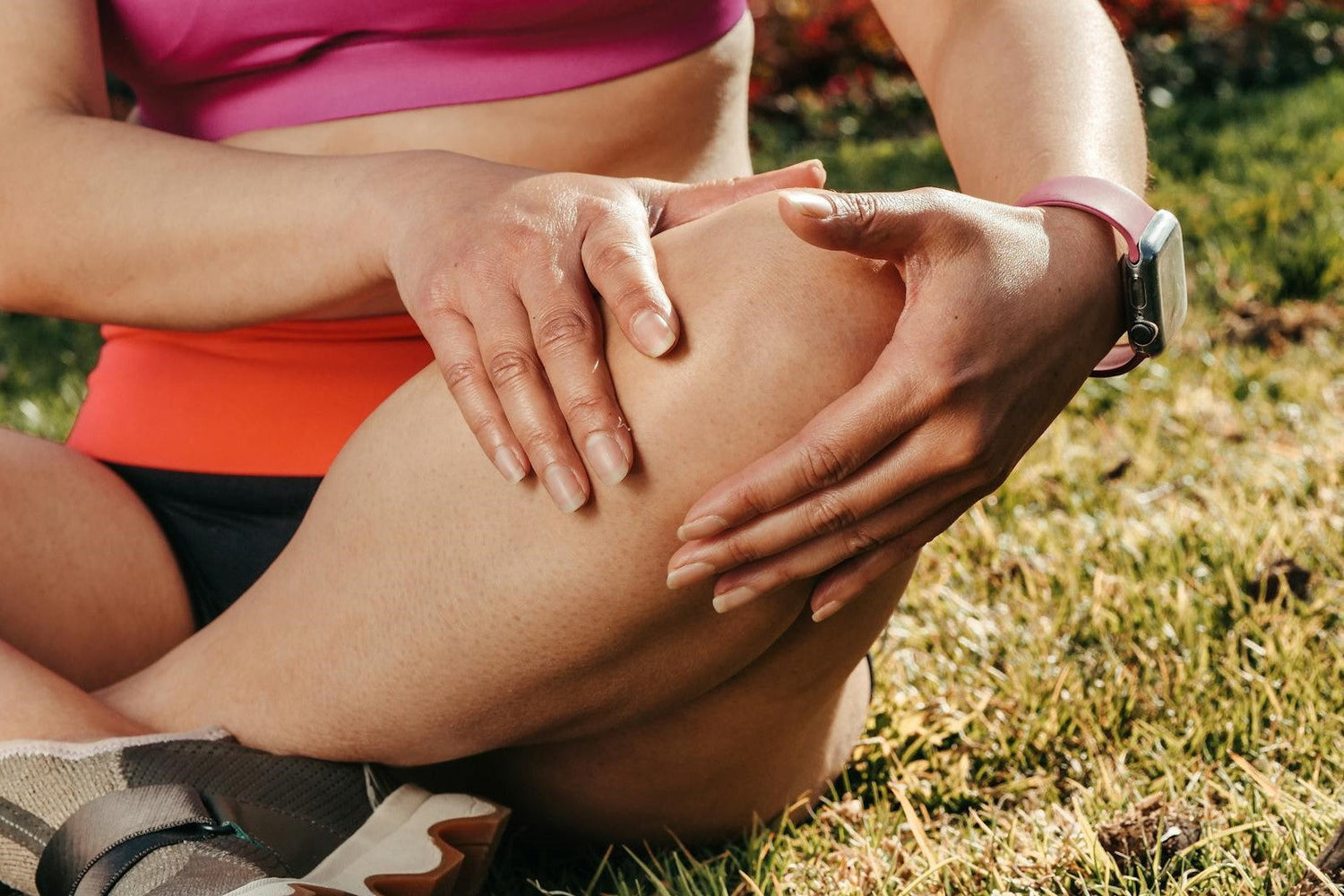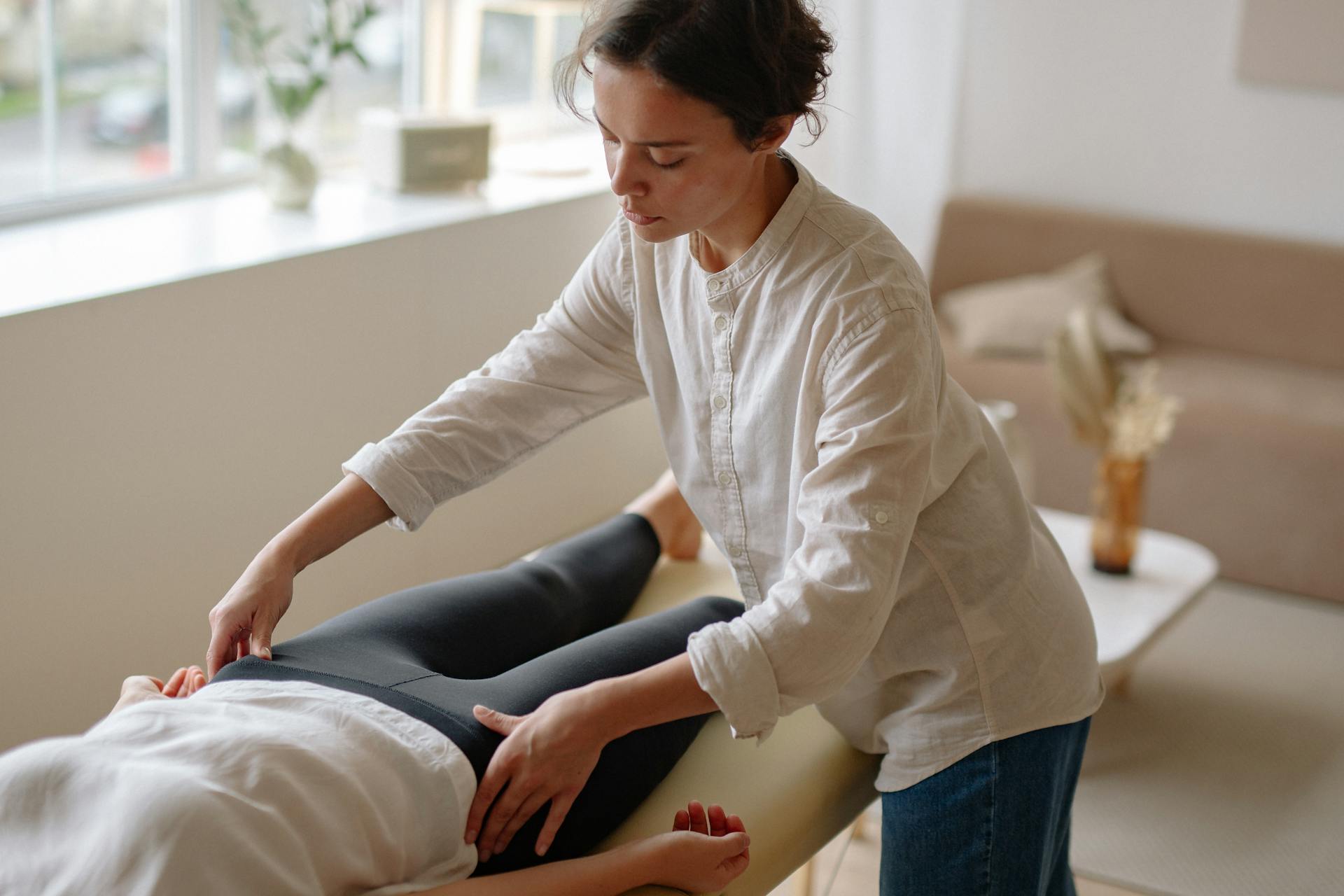Are creaky knees, stiff elbows, or achy shoulders an everyday occurrence for you? If so, you know the dreaded feeling of joint pain.
It’s common knowledge that massage therapy can relieve tight muscles and break up pesky trigger points — but can massage help joint pain? How can you know if it’s a good choice for you, and are there any times when you shouldn’t use it?
Here’s what you should know about massage for joint pain, including the research, benefits, and tips for getting started.
The Many Causes of Joint Pain
Your joints include any areas where two bones hinge together to allow for a range of movement. Your knees, wrists, elbows, ankles, etc., are all places where joints are found. And because they’re constantly in action, they can suffer a lot of wear and tear over time.
One of the most common causes of joint pain is arthritis. But contrary to what many people might believe, arthritis isn’t the only reason for joint pain. It can also come from:
- Tendonitis
- Bursitis
- Injuries
- Conditions like fibromyalgia
You’re also more likely to deal with joint pain when you:
- Have had repetitive injuries in or near certain joints
- Are overweight
- Deal with mental health struggles like depression, anxiety, or chronic stress
- Have other conditions that affect the joints
- Regularly overuse specific muscles due to exercise or work
Does Massage Help Joint Pain? The Research
In a 2022 randomized control trial, researchers looked at the effects of Swedish massage — a relaxation technique — on participants with rheumatoid arthritis. In the study, 30 volunteers in an experimental group received regular massage therapy for eight weeks.
Remarkably, they reported lower pain scores and reduced use of painkillers at the end of the eight weeks and one month afterward.
In another study on arthritic knee pain, participants reported a better range of motion and lower levels of pain immediately after a moderate pressure massage. And in a 2011 study, massage was able to soothe pain levels and improve grip strength in adults suffering from hand pain.
So, how can massage offer these pain-relieving benefits?
In short, a quality massage can help you ease muscle tension around the joints, which may reduce pain and stiffness. Some research has also noted that massage may support healthy blood flow to joints and, in turn, bring healthy nutrients and oxygen-rich blood to areas in need of healing.
When Massage Can Help with Joint Pain — and When It Can’t
So, when can massage help with joint pain — and when can’t it?
While there’s a promising amount of research pointing to the fact that massage can help joint pain for certain people (namely, those with arthritis and/or tired, overused muscles), there may be times when massage isn’t your best bet.
If you’ve got certain conditions like blood clotting disorders, heart disease, or specific skin conditions, you should wait to proceed until you can get some guidance from a physician. They can help you figure out whether massage is right for you, and if there are any precautions you should take before getting started.
Getting Started: What’s the Best Massage for Joint Pain?
When you want to try a massage for joint pain relief, you might wonder: What’s the best type of massage to choose?
Truth be told, there are a variety of paths you can take to reap the benefits of massage. And what works for your joint pain may not be right for someone else’s. For instance, a person with rheumatoid arthritis will likely need a different level of touch than someone who experiences knee pain after running a 5K.
If you want to go the massage therapist route, it’s best to find someone with experience in arthritis or general joint pain. They can offer a range of massage modalities to choose from, including:
- Swedish massage
- Shiatsu massage
- Hot stone massage
- Deep tissue massage
- Sports massage
If you’re mainly focused on starting a home routine to manage your joint pain, you may benefit from:
- Foam rolling exercises
- Electric massage tools
- Self-massage with hands
- Massage from a partner or loved one
Other Ways to Support Healthy Joints
Aside from a joint pain relief massage, there are other lifestyle changes you can make to support healthy joints. These include:
- Regular exercise. According to Arthritis Today Magazine, exercise helps synovial fluid circulate around the joints, which allows them to move more smoothly. Exercise also boosts blood flow, builds muscles, and helps your body remove cellular waste.
- Maintain a healthy weight. Staying in your body’s ideal weight range can help you prevent putting excess pressure on your joints.
- Avoid smoking. Smoking may increase the risk of certain injuries and conditions like osteoporosis.
- Prioritize a healthy diet and sunshine. Being in the sun and eating a well-rounded diet can help you get enough vitamin D and calcium, which are essential for your joints and overall bone health.
The Bottom Line
Research has shown that massage can ease joint pain for a wide variety of people. Not only that, but it can also alleviate muscle tension, support healthy blood flow, and improve quality of life. These benefits can make it a helpful short-term or long-term complementary therapy for those seeking joint pain relief.
If you’re interested in trying massage for joint pain, be sure to ask your doctor if it’s right for you. Then, you can visit a spa or try therapeutic massage at home using a physician-trusted tool like those from MedMassager.
View the MedMassager Body Massager Plus, or learn more about how you can use it to boost your well-being today.


